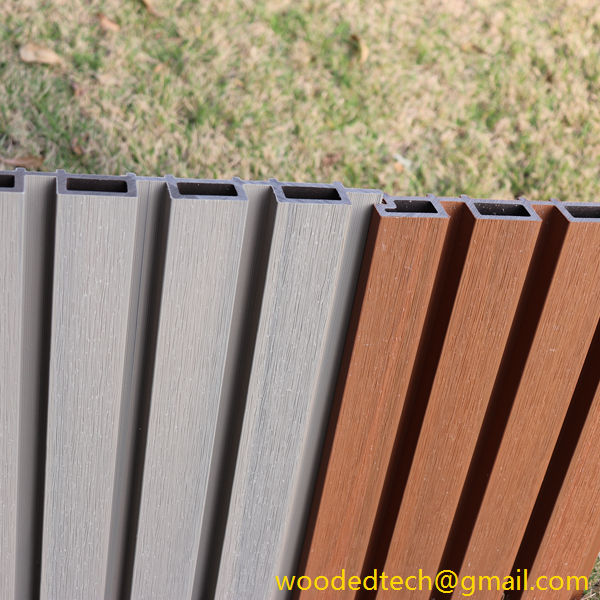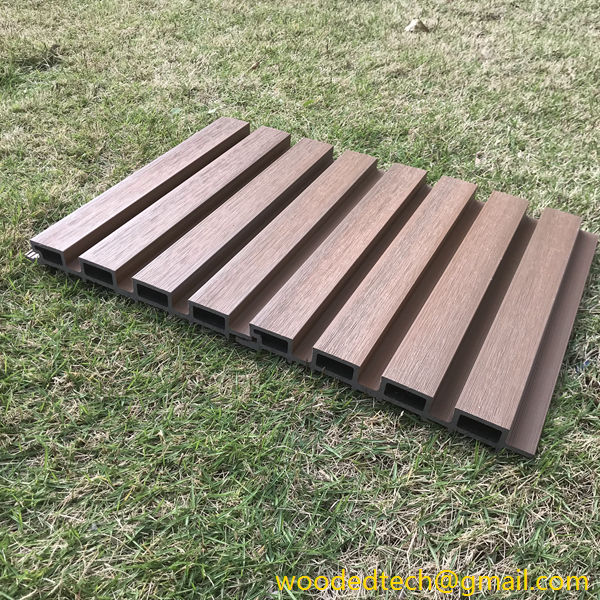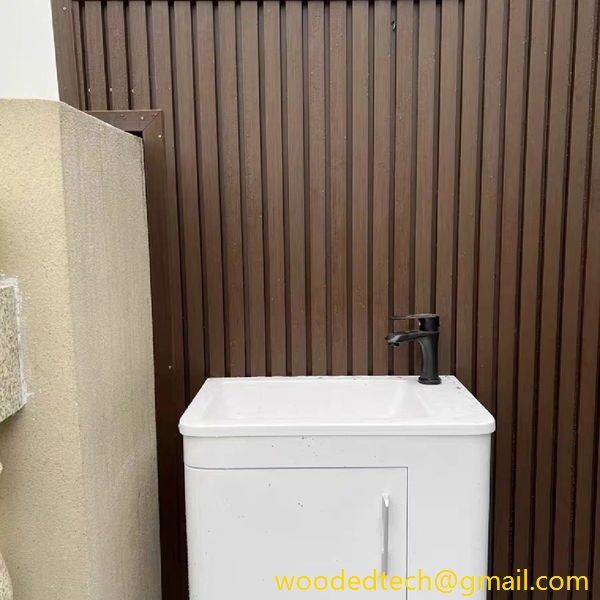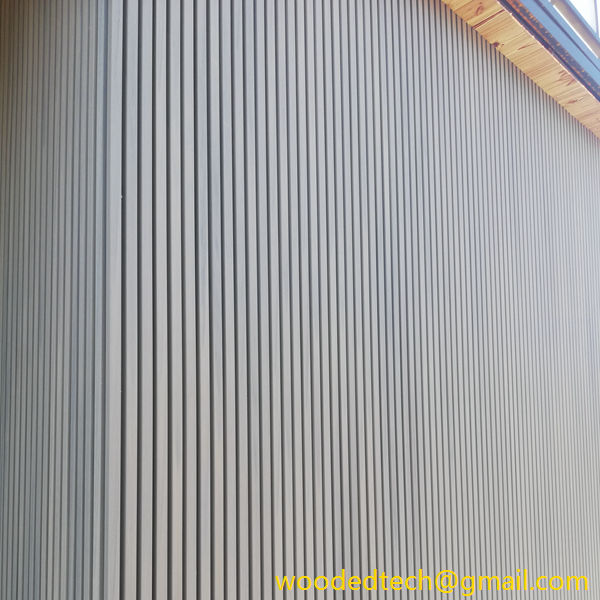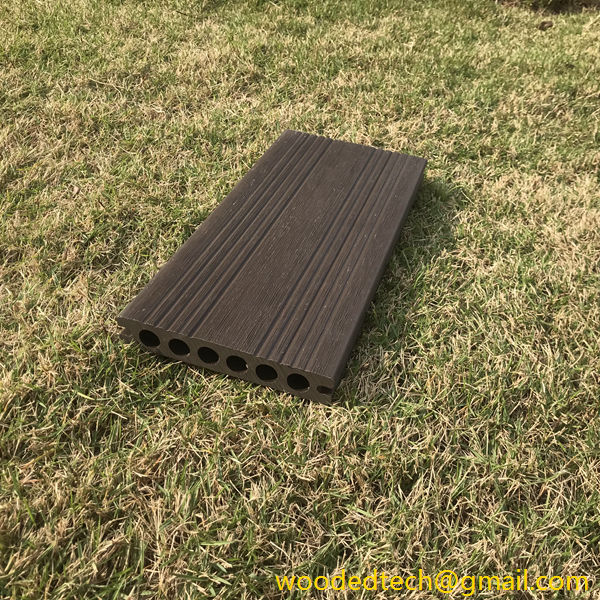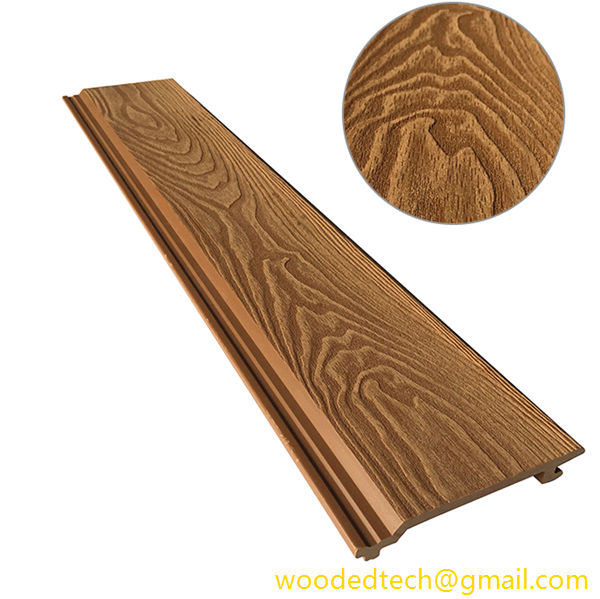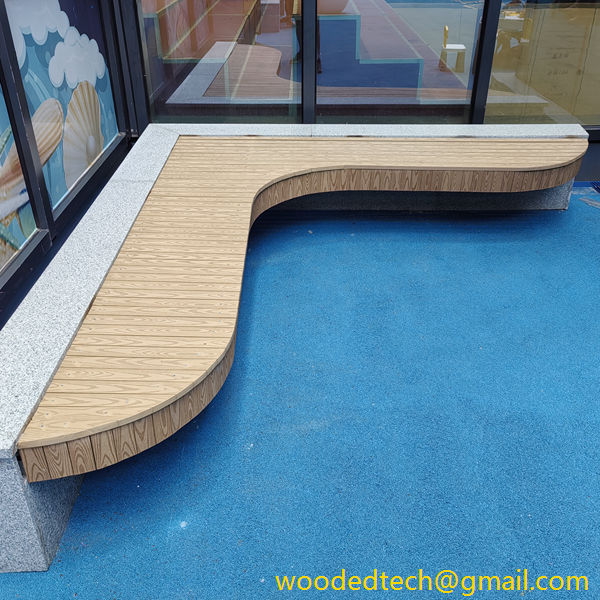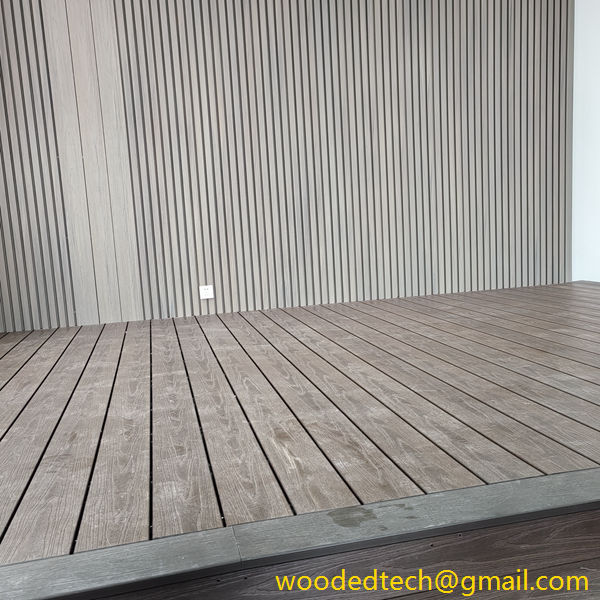Benefits of WPC Cladding Panels for Exterior Design
Benefits of WPC Cladding Panels for Exterior Design WPC cladding panels, or Wood Plastic Composite cladding panels, have emerged as a popular choice in the realm of exterior design. As the market for sustainable building materials continues to expand, WPC cladding offers a unique combination of aesthetic appeal, durability, and environmental friendliness. This article delves…
Benefits of WPC Cladding Panels for Exterior Design
WPC cladding panels, or Wood Plastic Composite cladding panels, have emerged as a popular choice in the realm of exterior design. As the market for sustainable building materials continues to expand, WPC cladding offers a unique combination of aesthetic appeal, durability, and environmental friendliness. This article delves into the many benefits of WPC cladding panels, highlighting their role in modern architecture and design.
One of the most significant advantages of WPC cladding panels is their exceptional durability. Unlike traditional wood, which can warp, crack, or rot over time due to exposure to moisture and changing weather conditions, WPC panels are engineered to withstand these challenges. They are resistant to water, insects, and the effects of UV radiation, making them an ideal choice for exterior applications. This durability translates to lower maintenance costs over the lifespan of the material, as homeowners and builders do not need to worry about frequent replacements or repairs.
In addition to their durability, WPC cladding panels offer a wide range of design possibilities. Available in various colors, textures, and finishes, these panels can be tailored to suit any architectural style, from contemporary to traditional. The aesthetic versatility of WPC allows designers to create stunning visual effects, enhancing the overall appeal of a building. Whether used as a primary cladding material or as an accent feature, WPC panels can elevate the exterior design while providing a modern touch.
Another key benefit of WPC cladding is its sustainability. As the world becomes more conscious of environmental issues, the demand for eco-friendly building materials has surged. WPC panels are made from a combination of recycled wood fibers and plastic, significantly reducing the need for virgin materials. This not only helps to conserve natural resources but also minimizes waste in landfills. By choosing WPC cladding, builders and homeowners are making a responsible choice that contributes to a more sustainable future.
WPC cladding panels are also known for their low maintenance requirements. Unlike traditional wood cladding, which often requires regular staining, sealing, or painting to maintain its appearance and integrity, WPC panels are designed to retain their color and finish over time. Cleaning is as simple as occasional washing with soap and water, allowing property owners to save both time and money on maintenance efforts. This ease of care is particularly appealing for those who want a beautiful exterior without the hassle of constant upkeep.
Another benefit of WPC cladding is its insulation properties. The unique composition of WPC panels provides better thermal insulation compared to traditional materials. This can lead to improved energy efficiency within the building, as less energy is required for heating and cooling. In today’s environmentally conscious market, energy efficiency has become a significant consideration for homeowners and builders alike. By incorporating WPC cladding into their designs, they can achieve a more comfortable living environment while reducing their carbon footprint.
Furthermore, WPC cladding panels contribute to sound insulation, making them an excellent choice for buildings in noisy urban environments. The density of the material helps to absorb sound, creating a quieter interior space. This added benefit can enhance the overall quality of life for residents, providing a peaceful retreat from the hustle and bustle of city living.
WPC cladding is also designed with safety in mind. Many WPC products are manufactured to be fire-resistant, offering an added layer of protection for buildings. This is particularly important in areas prone to wildfires or where building codes require specific fire safety measures. By selecting WPC cladding, architects and builders can ensure that their designs meet safety standards while still achieving their desired aesthetic.
The installation process for WPC cladding panels is another area where they shine. Compared to traditional wood cladding, WPC panels are generally lighter and easier to handle, which can lead to reduced labor costs during installation. Many WPC products come with interlocking systems or pre-drilled holes that simplify the mounting process. This ease of installation can be especially beneficial for large projects, where time and efficiency are of the essence.
In conclusion, the booming market for WPC cladding panels reflects a growing recognition of their numerous benefits for exterior design. From their durability and low maintenance requirements to their aesthetic versatility and sustainability, WPC panels offer a compelling solution for modern architecture. As consumers and builders increasingly prioritize eco-friendly materials and energy efficiency, WPC cladding is well-positioned to become a staple in the construction industry. By choosing WPC, property owners not only enhance the beauty and functionality of their buildings but also contribute to a more sustainable future. As the demand for innovative and environmentally responsible building materials continues to rise, WPC cladding panels will undoubtedly play a significant role in shaping the landscapes of tomorrow.

